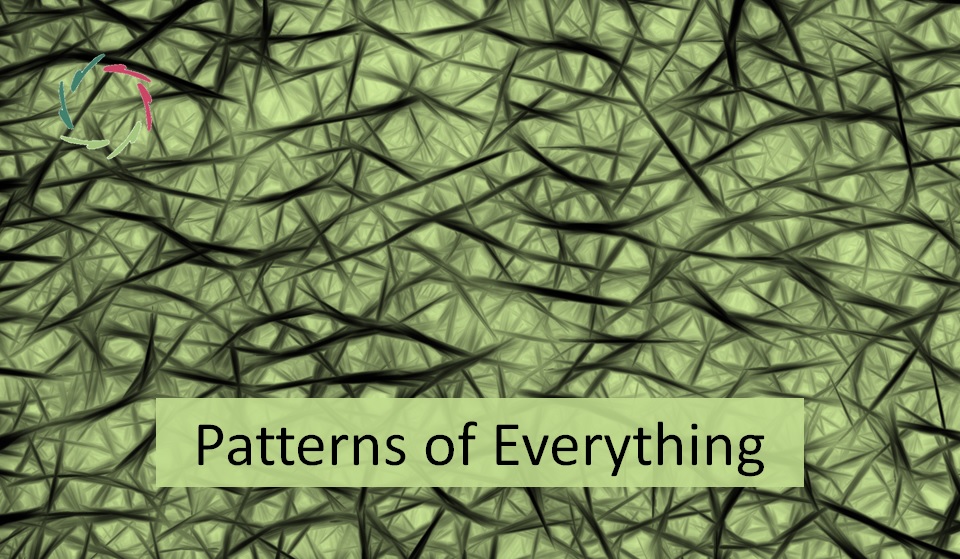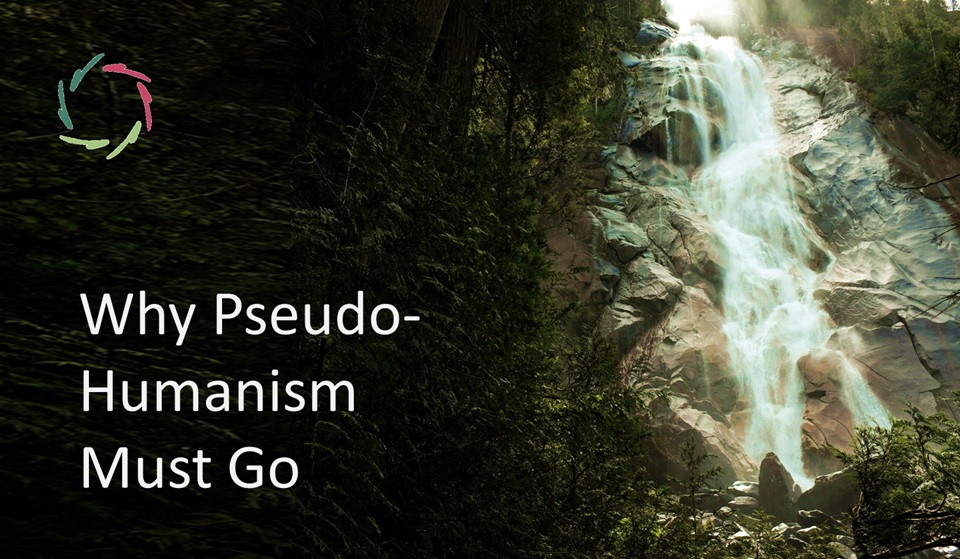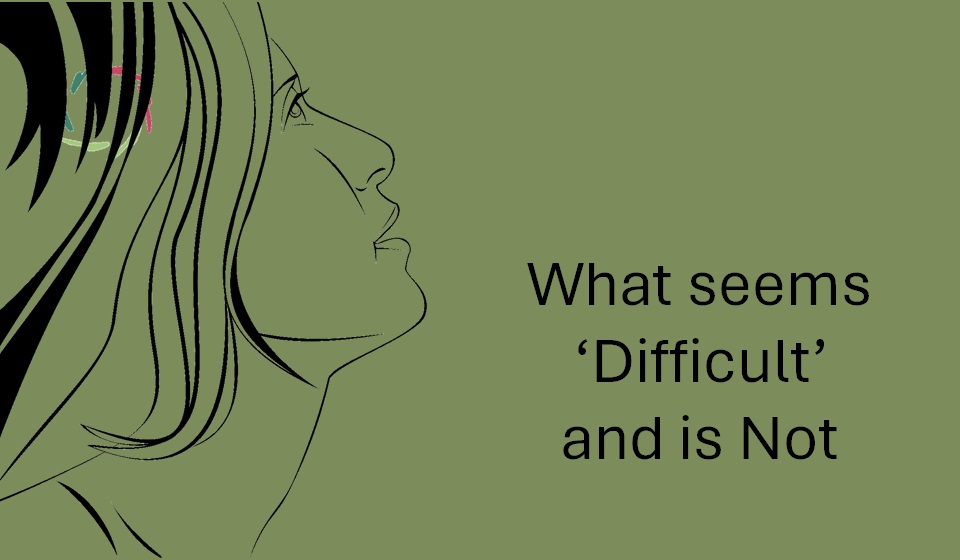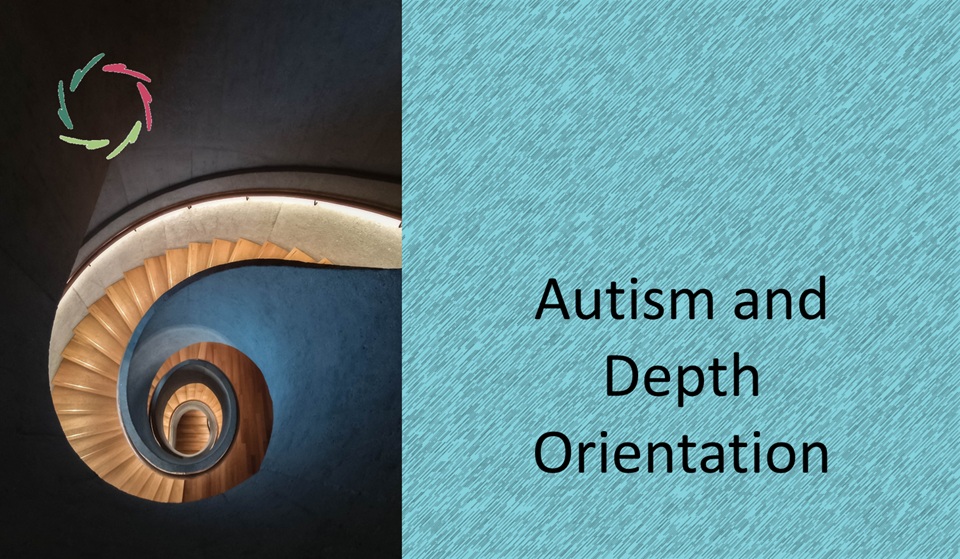Patterns of Everything

Perception is finding patterns. So is thinking. The patterns are in what is perceived or thought and in the perceiving and thinking themselves.
This text may seem difficult, but it becomes much easier if you take your time.
[‘Patternist’ = related to patterns]
Patterns are regularities in associations
This way, anything we can see or think of is a pattern.
Simply. However, while discerning a pattern, there is always a loss of individual detail involved. Similarities are brought forward at the cost of differences. A pattern is a blueprint.
Toward concepts and objectivity
If regularities recur at the same time and place, we discern an object (and an object-related concept in the mind/brain). If they recur over time, we discern a happening. With an active agent involved, this becomes action-related. With a discernible relational mechanism involved, we move from correlation to causality.
So, do we discern an objective environment, or do we create a patternist environment for ourselves, after which we lead our mental life in an illusion of objectivity? This used to be an armchair philosophical question, but not anymore. It is related to discoveries about how the brain functions. Abstracting from this, it also shows how intelligence works generally.
Intelligence
The raison d’être of intelligence is to discern patterns with the goal to use them when appropriate, such as for predicting the future. For instance, an animal can learn where the food or the predator may be ― therefore, which future can be predicted by going there.
Intelligence tends to aim for efficiency. The ideal efficiency lies in a crisp pattern that can predict much with high exactitude. This brings intelligence to increasing modularity and, eventually, the use of concepts.
Necessarily, this brings bias in our thinking, in a trade-off between usefulness/efficiency and accuracy. Of course, this trade-off has ups and downs. Especially in a complex environment, the bias can be considerable.
Subconceptual
According to the above, concepts arise from subconceptual thinking. This is: crisp patterns are discerned through processing less crispy patterns. Biological intelligence can only grow this way. That means that we, humans, will always remain subconceptually mental processors, in-depth showing in our intelligence the features of subconceptual processing.
Contrary to this, a computer can be fed crisp concepts. This makes the computer very efficient at the conceptual level ― however, at the cost of bias, liveliness, meaningfulness, etc. One can see this in the huge difficulty of bringing common sense to A.I. Trying to alleviate this lack by adding more concepts works a bit, but the problem is more fundamental. Human-like common sense can be attained only by going subconceptual.
An additional problem is that humans themselves frequently don’t appreciate this ― especially specialists in diverse fields. This makes them ‘specialists’ in the first place: people who can think and act efficiently at the conceptual level. Bring this to mind-related medicine/healthcare, and you have the present disaster: efficiency at the cost of usefulness. Say: being good in the wrong direction.
Mental depth
In this, we can also see what mental depth is and why it is crucial.
Patterns can be broad to very broad, capturing regularities that are not easily caught with crisp concepts, yet – precisely therefore – they can be more meaningful. Indeed, the trade-off here lies between crispiness and meaningfulness. While the previous trade-off was at the above-level, this one is at the below-level, this is: depth-involved.
That is why poets use metaphors: in an attempt to transcend the despotism of conceptual language, to speak the unspeakable. In order to speak the speakable, it is better to write prose.
Depth is crucial in mind-related healthcare yet fairly absent in conceptual psychotherapies. This is no coincidence. As we have just seen, finding better concepts may help, but the problem is more fundamental, to be found in the brain.
Neuronal basis and beyond
The human nervous system is, as a matter of fact, based on neurons. The human brain is mainly a massive conglomerate of them.
However, not the neurons themselves are indispensable for intelligence, but the patterns they create. The famous neuroscientist A. Damasio speaks of ‘maps in the brain’ and the continual processing of maps into other maps as the basis of anything the brain performs towards intelligence. Brainy maps are the stuff of patterns. The neurons are just one substrate in which the patterns can be formed and held; where they can change, grow, and decay.
It’s all about patterns.
That doesn’t make our brainy medium less interesting ― on the contrary.
However, it does make it ‘one of many.’ The neuronal medium is but one realization of many possible alternatives in which patterns can exist.
Super-A.I. will be based on a very different medium ― still, patternist principles will be pretty similar. An observer may discern high-level patterns within the different kinds of processing patterns.
Universal intelligence
This is not only about human intelligence, or even mammalian intelligence, or even intelligence on Earth. If there is any alien intelligence, it is bound to have developed from patternist processing, the discovery and use of concepts, and even the same trade-offs we are struggling with on our little planet. If only some more advanced aliens would/could help us a bit…
Meanwhile, what seems closer to helping us is Compassionate super-A.I. according to the principles of the text you just read.
Challenging times.


